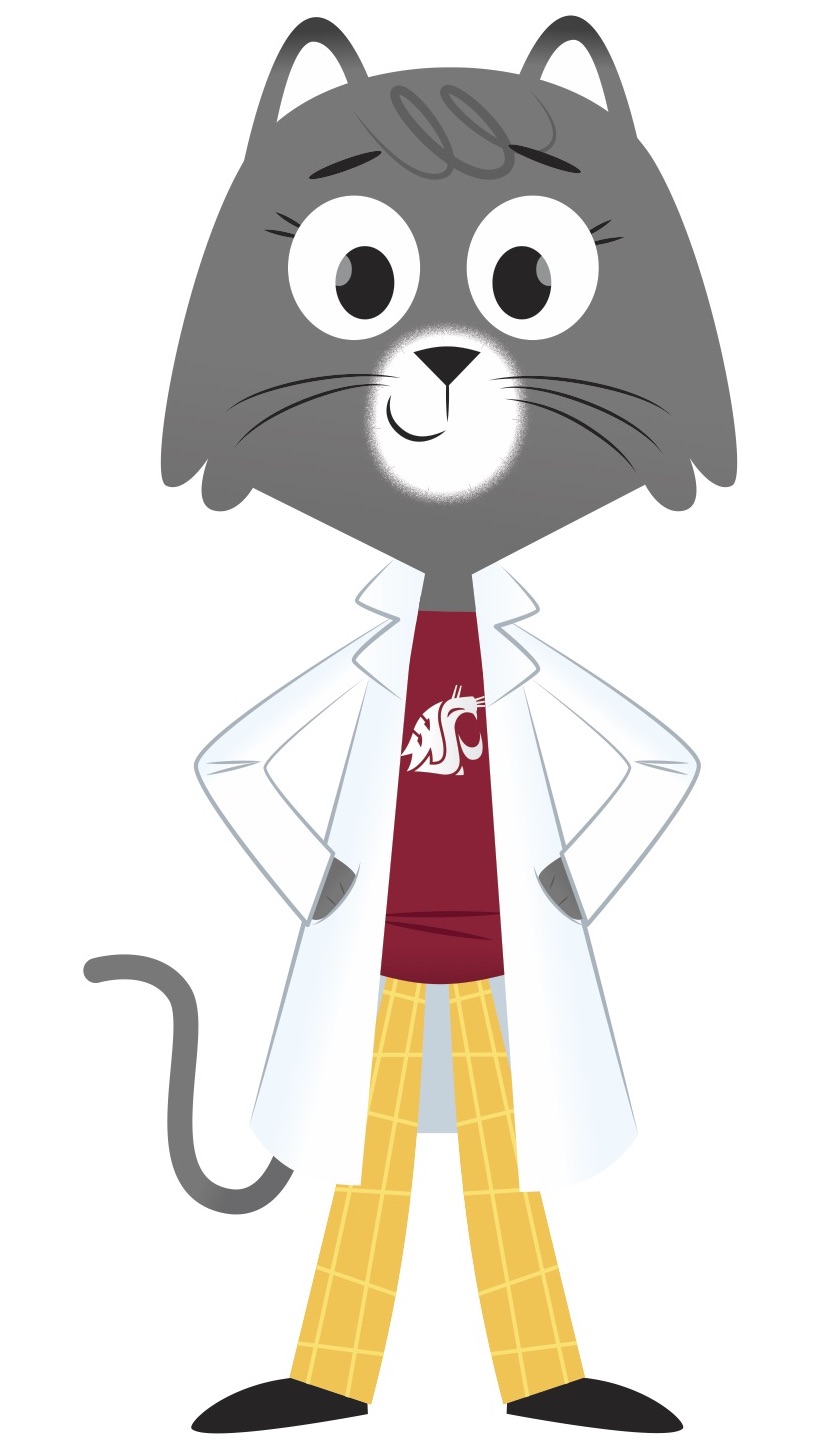Across the animal kingdom, we see all kinds of eyelashes. They come in different sizes, shapes and textures. They also come in different colors, though most fall somewhere between black, brown, and blonde. All of them are actually hairs and the scientific term is “cilia.”
When humans look in the mirror, they usually see eyelashes lining both their upper and lower eyelids. Sometimes lashes fall out, but humans can grow them back. The lashes are just thick enough to keep things like small particles of dust away from their eyeballs. But there are some animals with even thicker lashes.
 If you were a camel or a llama, you would have a lot more eyelashes. Camels actually have three eyelids protecting each eye. Two of those eyelids have bushy eyelashes. They help keep the sun and sand out of the camel’s eyes.
If you were a camel or a llama, you would have a lot more eyelashes. Camels actually have three eyelids protecting each eye. Two of those eyelids have bushy eyelashes. They help keep the sun and sand out of the camel’s eyes.
Giraffes also have some pretty full eyelashes. Giraffes like to eat from big prickly trees called acacias. One of the challenges of eating from a tree with thorns is that you might get your eye poked. Eyelashes help the giraffes sense if they are getting too close to the thorny branches.
While eyelashes come in different shapes and sizes, they all have a sense of touch. It makes them what scientists call tactile organs, said my friend and veterinarian Kevin Kaiser. He studied at Washington State University and now helps animals at the Animal Eye Clinic of Spokane.
Kaiser said eyelashes help the body recognize when something might cause harm to the eyes and tell the eyelids to shut. While a lot of animals have eyelashes, some animals also have other kinds of hairs on their face to help them sense the world. Some of these animals include cats, like me.
Horses have something similar. In addition to upper eyelid lashes, they have very long hairs around their eyes called vibrissa. Meanwhile, dogs have two to four rows of eyelashes along the upper eyelid and none along the lower eyelid.
Hair is unique to mammals. In fact, some animals don’t have eyelids at all. For example, some kinds of fish don’t have eyelids or lashes. They live in an environment that keeps their eyes wet. Water gets in their eyes, but it doesn’t seem to bother them. They even sleep with their eyes wide open.
Animals that do have eyelashes also have something in common when it comes to the size of their lashes. A few years ago, scientists studied about 20 animal specimens at the American Museum of Natural History in New York. They took a close look at the eyelashes. They found that most eyelashes in the animals were about one third the width of the animal’s eyeball. It’s an eyelash length that appears to be just the right size to protect an animal’s eyes.
Sincerely,
Dr. Universe